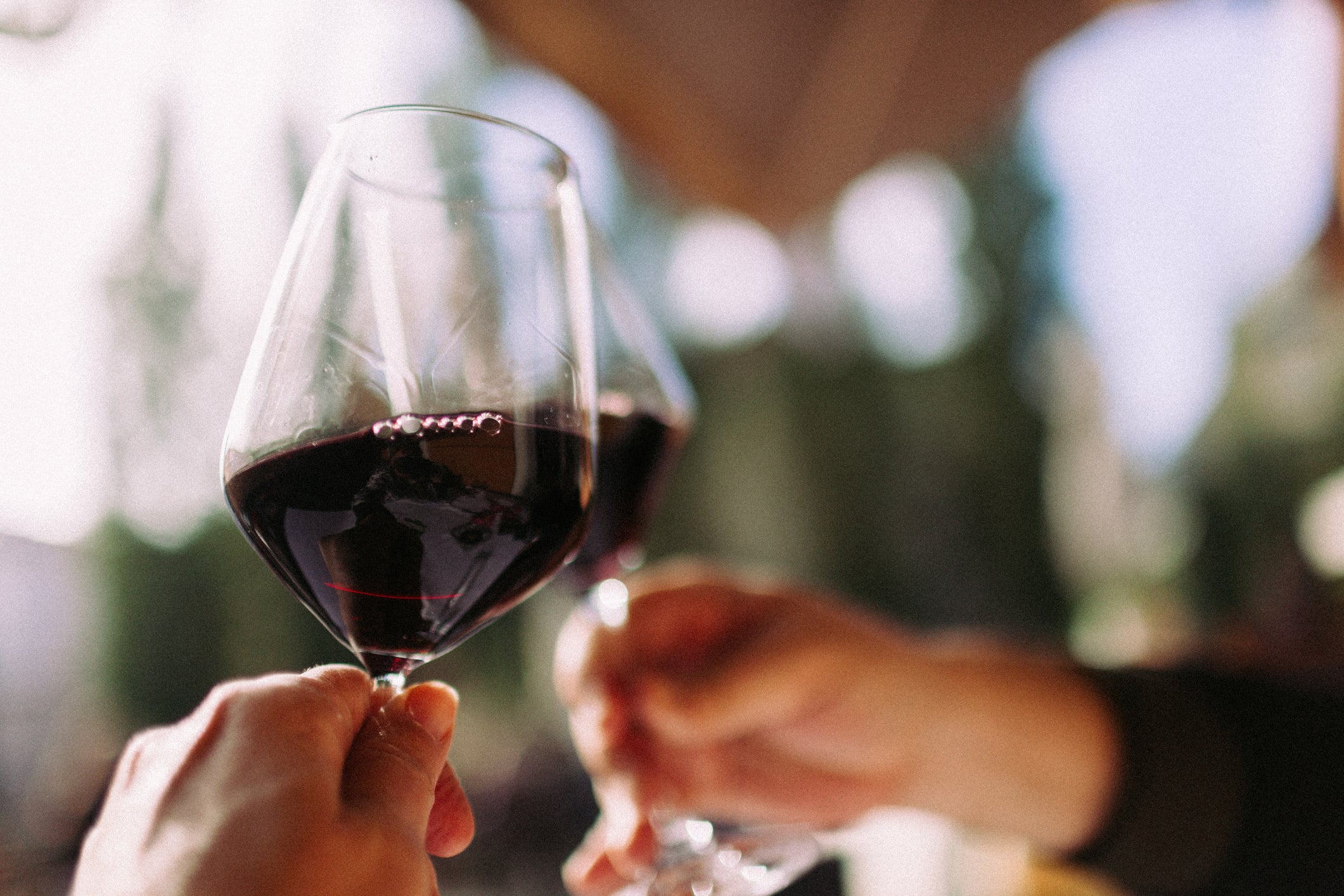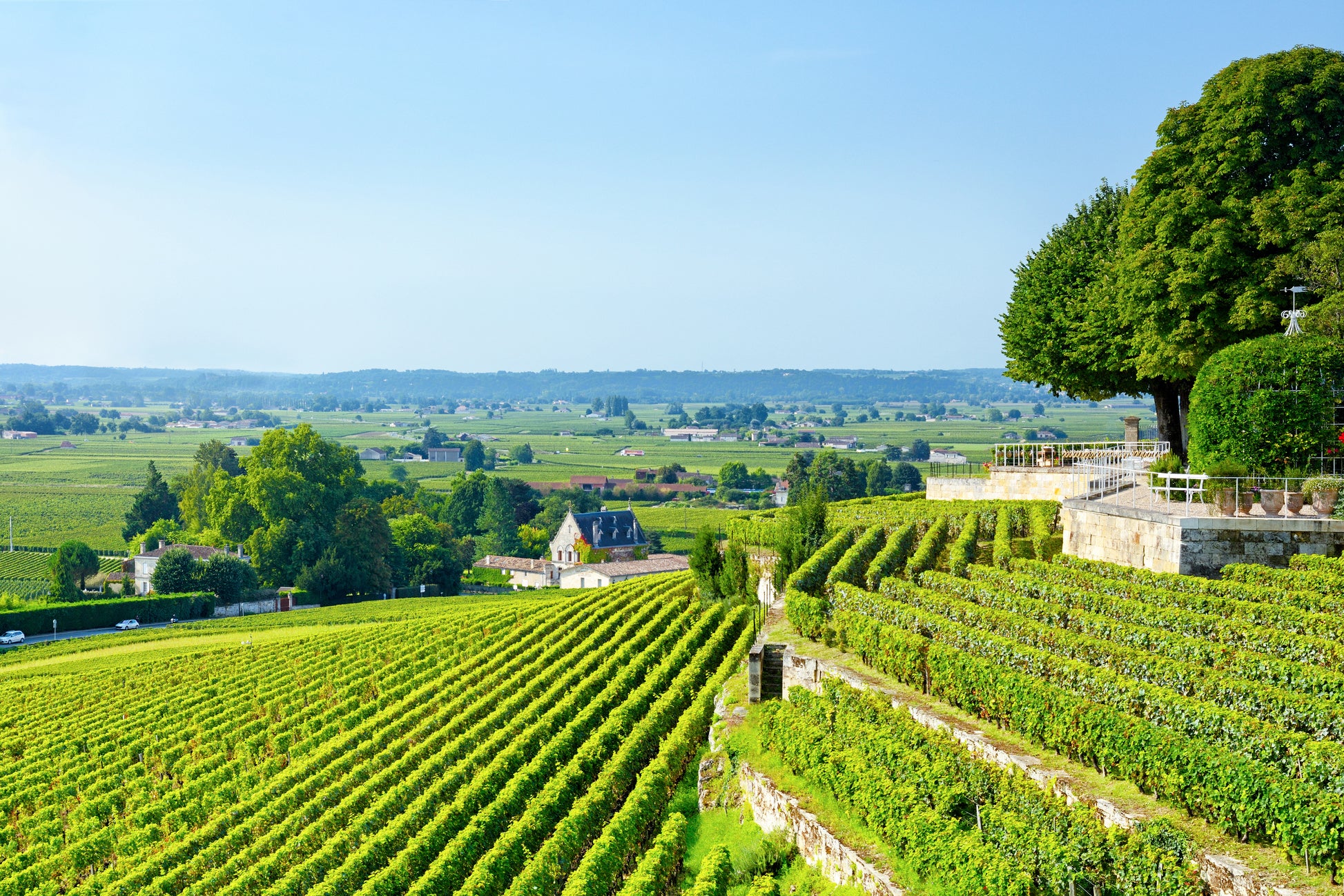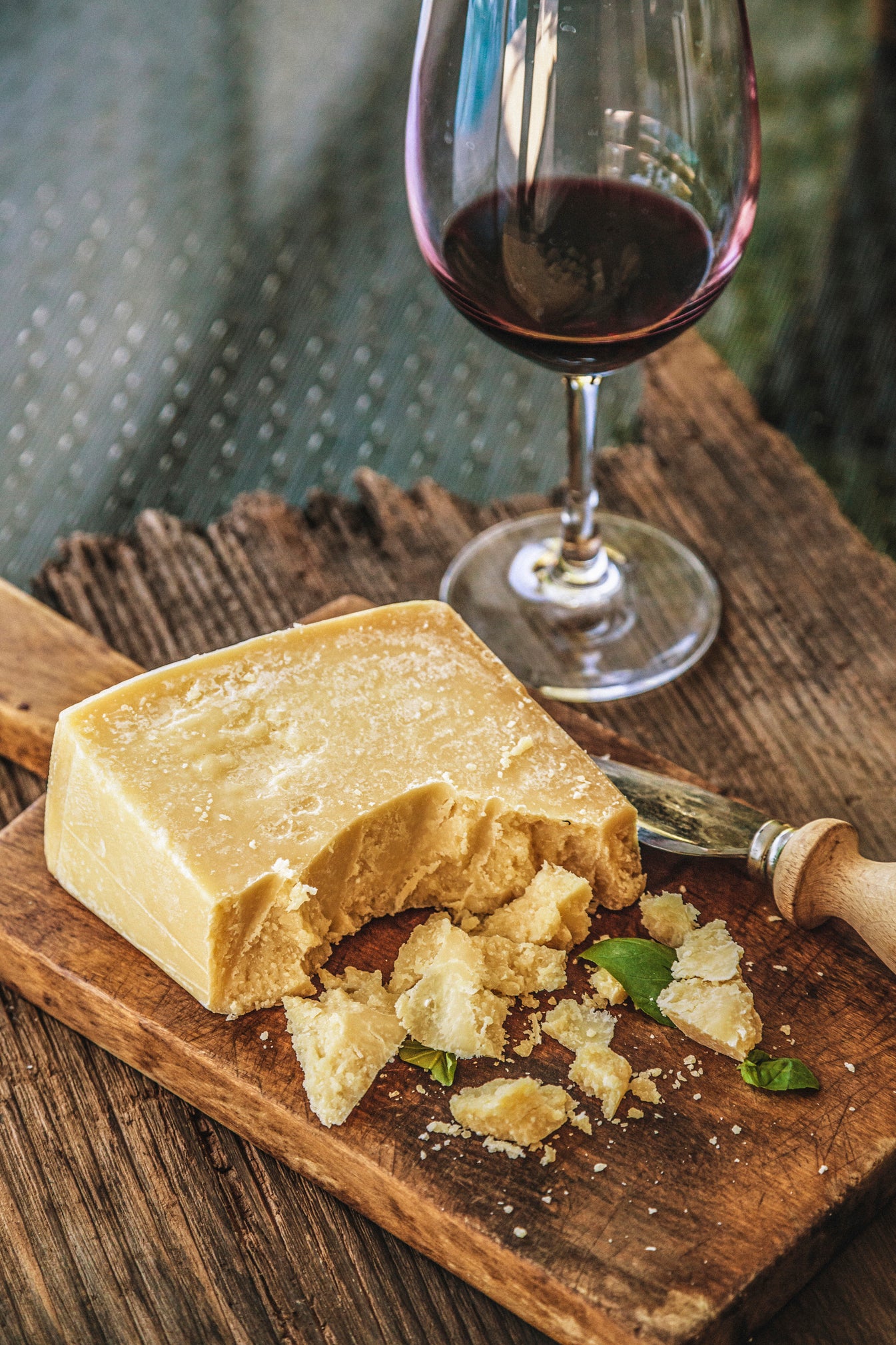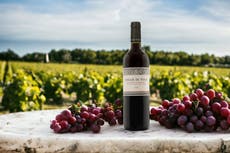The ultimate red wine guide: Mastering pairing, storing and serving – plus 25% off
Whether you’re a casual sipper or an aspiring connoisseur, this guide will introduce to the rich and vibrant world of red wine, covering everything from the winemaking process to expert food pairings, storage tips and serving techniques

Red wine, a timeless classic steeped in history and overflowing with flavour, offers an endless world of exploration. But with so many varieties to choose from, where do you start?
Don’t worry, fellow wine enthusiasts! This guide will walk you through everything you need to know about red wine, from the winemaking process to the best food pairings, storage tips and serving techniques.
And, once you’ve consulted our handy guide, elevate your wine game even more with 25% off your next purchase. Use code INDYRED at checkout with The Independent’s wine partner, Perfect Cellar, and sip your way to savings.
How is red wine made?
The journey from grape to glass is a fascinating one:
Harvesting: it all begins with carefully selected grapes, harvested at peak ripeness to capture the best flavour.
Crushing and de-stemming: after the grapes are picked, they’re gently crushed to release the juice and pulp. The skins, rich in tannins and colour compounds, are left intact to give red wine its bold character.
Fermentation: yeast converts the sugars in the grape juice into alcohol, and carbon dioxide is released. This fermentation process, with skins still present, is the heart of red winemaking.
Malolactic fermentation: a secondary fermentation converts sharp malic acid (like green apple) into softer lactic acid (like creamy yoghurt), adding smoothness and complexity to the wine.
Ageing: some red wines are aged in oak barrels, which adds depth, structure and sometimes vanilla or spice notes. New barrels offer more intense flavours, while older barrels impart subtle influences. Fruit-forward reds may have minimal ageing, while more powerful wines, like Barolo, may rest for years.
Famous red wine regions of the world

Bordeaux, France: known for blending Cabernet Sauvignon and Merlot, Bordeaux offers everything from bold, age-worthy First Growths to approachable village wines.
Tuscany, Italy: Sangiovese dominates here, producing Chianti Classico and Super Tuscan blends with vibrant acidity, earthy complexity and food-friendly charm.
Mendoza, Argentina: welcome to Malbec territory! Juicy, jammy and velvety, Mendoza’s Malbecs are rich and expressive, perfect for lovers of bold reds.
Rioja, Spain: Rioja is all about Tempranillo, producing full-bodied wines with notes of spice, leather, and black fruit. Look for Crianza, Reserva, and Gran Reserva styles for varying levels of age and depth.
California, USA: from Napa Valley’s iconic Cabernet Sauvignons to Sonoma’s bold Zinfandels, California is a red wine playground offering fruit-forward styles with age-worthy complexity.
Perfect pairings: what to eat with red wine
Pairing red wine with food is all about balance and harmony. Here are some ideas to help you match your red wine with the perfect dish:
Salads: light-bodied reds like Pinot Noir or Gamay are great for berry-topped salads or those with grilled chicken. Medium-bodied reds like Sangiovese or Merlot pair well with heavier dressings or roasted vegetables.
Sauces: Sangiovese’s acidity cuts through the richness of pasta with marinara or pizza, while lighter reds like Pinot Noir won’t overwhelm creamy dishes. Bold reds like Zinfandel or Syrah complement the heat and spices.
Beef: Cabernet Sauvignon’s bold structure pairs perfectly with steak, especially when served with chimichurri or peppercorn sauce. Merlot’s smooth tannins and dark fruit flavours complement hearty stews like beef bourguignon. Sangiovese or Barbera’s acidity cuts through the richness of burgers.
Chicken: Pinot Noir’s delicate fruitiness is ideal for roasted chicken, especially with herbs like rosemary. Gamay’s light body and acidity match well with grilled chicken and lighter marinades. A medium-bodied red like Barbera or Chianti will balance the lemony brightness of dishes like chicken piccata.
Seafood: Pinot Noir is a versatile choice for salmon, enhancing the flavours whether it’s grilled, roasted or served with a creamy sauce. Grenahce or Syrah’s peppery notes match the rich flavour of grilled or seared tuna. Lighter-bodied reds like Pinot Noir or Gamay can even pair well with mussels, clams or shrimp scampi.

Cheese: Cabernet Sauvignon and Malbec pair well with strong cheeses like aged cheddar, Gouda or Manchego. Sangiovese, Merlot and Pinot Noir are excellent with Gruyere, Emmental or Comté. Light reds like Gamay or Beaujolais complement soft cheeses like Brie, goat’s cheese or mozzarella. Looking for something unique? Try Pecorino Romano with Chianti for a salty-sheep’s milk cheese combo, or Brie with Pinot Noir for smooth, creamy indulgence.
Red wine cheat sheet: storing and serving tips
Proper storage and serving can elevate your red wine experience to a whole new level:
Storing red wine
Temperature: keep your reds at a consistent temperature between 10-13C. Extreme fluctuations can damage the wine.
Light: darkness is essential, as light can degrade wine over time. Store bottles in a dark place, such as a cellar or wine fridge.
Position: lay bottles horizontally to keep the cork moist, preventing it from drying out and letting air in.
Vibration: avoid vibrations, which can disturb the wine’s ageing process. Store away from appliances or high-traffic areas.
Serving red wine
Light-bodied reds (eg, Pinot Noir, Gamay): serve slightly chilled at 13-15C to bring out their delicate flavours.
Medium-bodied reds (eg, Merlot, Sangiovese, Rioja): aim for 15-18C for a perfect balance of aroma and texture.
Full-bodied reds (eg, Cabernet Sauvignon, Malbec, Zinfandel): these wines thrive at a warmer 18-21C to let their bold flavours shine.
Decanting red wine
Decanting isn’t just for fancy wine tastings – it can enhance the aromas and flavours of many red wines.
Young, fruit-forward wines: typically don’t need decanting.
Full-bodied, age-worthy reds: benefit from decanting. Pour the wine into a decanter and let it breathe for 30-60 minutes before serving to soften tannins and release complex aromas.
Aged wines with sediment: if there’s sediment, carefully pour the wine into a decanter, leaving the sediment behind.
Ready to explore the world of red wine?
Whether you’re pairing a juicy Malbec with a steak or savouring a delicate Pinot Noir with salmon, red wine offers endless possibilities for enjoyment. With this guide, you’re now equipped to navigate the rich world of red wine, from storing and serving to pairing it perfectly with your favourite dishes. Cheers!




Bookmark popover
Removed from bookmarks